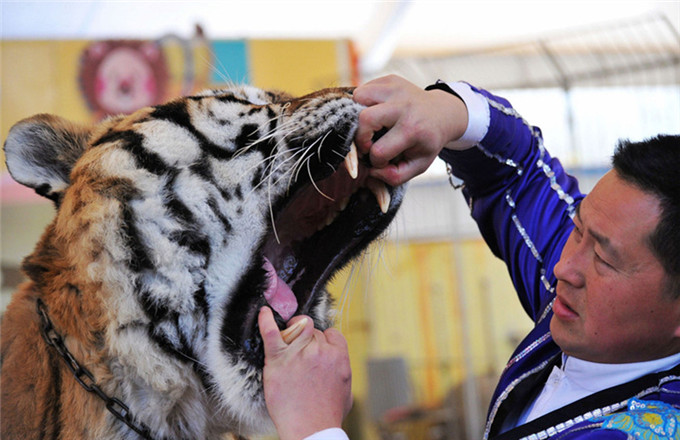“路痴症”患者
中国日报双语新闻
在“路痴症”患者眼里,一条路正着走和反着走是不同的,白天走和晚上走是不同的,夏天走和冬天走是不同的,工作日走和节假日走是不同的。今天,双语君要介绍这群特殊的人,他们是天生的“路痴症”患者。
Sharon Roseman lives in Denver, the United States, but gets lost every day. She has a rare disorder that means she is never sure of her location.
莎朗·罗斯曼住在美国丹佛市。但是她每天都会迷路,因为她患有一种罕见的疾病,导致她总是不清楚自己身在何处。
Roseman remembered when it first became clear that she wasn't like all the other children.
罗斯曼小时候便发现自己跟其他孩子不一样。
One day when she was 5 years old and standing in front of their home, Roseman asked her mother where they were.
五岁的时候,有一天她站在自家门前,问妈妈自己在哪。
When her mom pointed out that they were in front of their home, Roseman said, "This doesn't look like our house."
当得知面前的就是自己家时,罗斯曼说:“这看起来不像是我们的家。”
Roseman can actually drive to the grocery store but has to use her GPS to get there and back.
罗斯曼可以自己开车去超市,但是往返都得依靠导航的提示。
After finishing her shopping, she will drive home through what to her are unfamiliar surroundings even though she sees them every day.
买完东西后,尽管回家的路已经走了无数遍,她依然觉得这条路是陌生的。
"I can literally see my house out the car window, but I have no clue that it's my house," Roseman said. When her children cry in the night, she struggles to find their bedroom. "When I thought I was going out the door of my bedroom there was a wall-and I would bang right into it," she said.
罗斯曼说“即便我开车经过了我家的房子,我也不确定那是不是我家。”她还说,“孩子半夜哭闹时,我连他们的卧室都找不对。我以为自己在往卧室外面走,不想却一头撞在了墙上。”
Some years ago, a TV program highlighted the affliction and interviewed people who got lost in their home.
几年前,一档电视节目报道了这种令人困扰不堪的症状,采访了一些即使在家也会迷路的人。
Roseman suddenly realized that she was one of them.
罗斯曼才恍然大悟,自己就是其中之一。
Roseman, 64, suffers from what is called developmental topographical disorientation, or DTD, a disorder that had flown under the radar of brain researchers until recently.
64岁的罗斯曼其实患有发展性地形迷失症,简称DTD。这种病近年来才被学者发现。这种罕见的神经系统疾病会使大脑丧失地形认知和导航能力。
DTD was first described in a paper by neuroscientist Giuseppe Iaria published in 2008 in the journal Neuropsychologia.
2008年,神经学家朱塞佩伊·拉里亚首次将DTD作为独立案例发表医学杂志《神经心理学》上。
Iaria wrote the paper after meeting "Alice", another person with the disorder. Like Roseman, she had difficulty finding her way around and would get lost in her own home.
这篇论文是拉里亚遇到发展性地形迷失症患者“爱丽丝”后写的。像罗斯曼一样,爱丽丝也有地形认知障碍,即使在自己家里也会迷路。
Alice had a certain memorized route at home, say from the kitchen to the living room, but if she took a wrong step she was completely lost and the only solution was to call her father to pick her up. She didn't have any trouble recognizing landmarks and other objects or people.
虽然爱丽丝的视力没有任何问题,可以辨识路标、建筑和人,但即便是从厨房走到起居室,她也必须遵循固定的路线,一旦偏离,就会找不到方向,只能给爸爸打电话求助。
The disorder stems from a part of the brain that did not develop fully.
这种方向辨识障碍源于脑部的异常变化。
Scientists have identified the particular area and their work will also help crash victims recover from brain injuries.
科学家已经确认了脑部病变的位置,这一发现将有助于这些发展性地形迷失症患者康复。


















